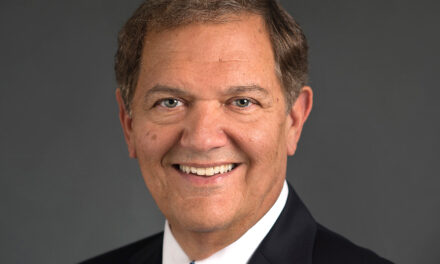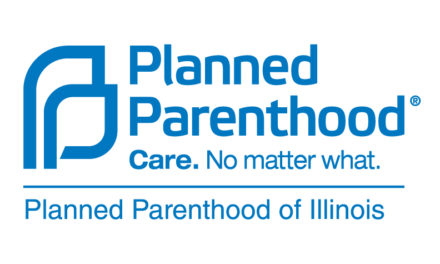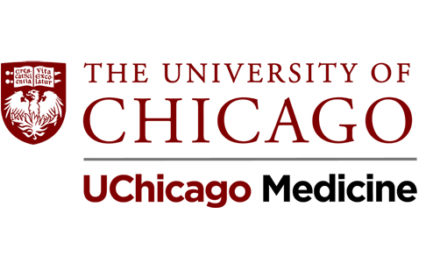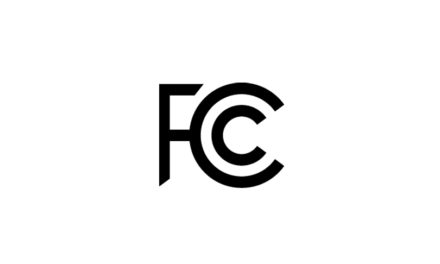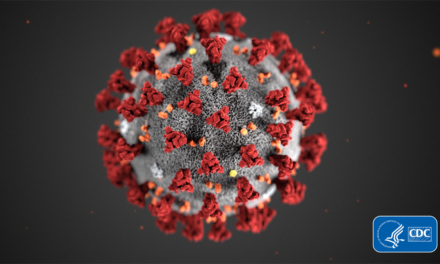
IPHA’s Tracey Smith talks Pandemic Health Navigator Program

October marks six months since Illinois officially launched the Pandemic Health Navigator Program, intending to boost vaccine access to low-income and vulnerable communities, as well as connect residents to assistance programs outside the Chicagoland area.
While OSF HealthCare serves as the regional coordinator for the northwestern region of the state, the rest of the program is coordinated by the Illinois Public Health Association, in partnership with the Illinois Primary Health Care Association.
Since launching, more than 80 community-based organizations and 20 federally qualified health centers have collectively hired more than 800 local community health workers to work with those that need help.
“We put community health workers in each of those sites that look like, and live there and have had experiences that are similar to the individuals who are needing assistance,” said Tracey Smith, director of community health and programs at the Illinois Public Health Association and program lead.
She spoke this week with Health News Illinois about the program’s rollout, the recent spike in the need for services and why policymakers need to support community health workers.
Edited excerpts are below.
HNI: What challenges has the program faced so far?
TS: When we first started the program, a lot of services were limited because they weren’t in person and doors weren’t open. So that’s where telehealth came to be very important. So then understanding how to use telehealth, how to connect through telehealth services was one thing that we did a lot of work on. So I always call us telehealth literacy trainers, to be prepared to do your telehealth visits, know how to ask your questions and how to make those connections. We see a lot of need for individuals needing food. If you’re quarantined or isolated all of a sudden because you’re sick, and you don’t have family or you don’t have the resources to get that food to you, how do you get food you need, or the medicines that you need? We see a lot of requests for needing medicines delivered. And we’re seeing a lot of people asking questions about vaccinations: ‘Should I take it, should I not? Here are some concerns I have, here’s what I’ve been hearing.’
So all of the community health workers are trained to be able to answer those questions and to help people to make an informed decision. So those are some of the typical things that we’re seeing coming up.
HNI: Have you seen any increase in demand during the recent delta-fueled surge?
TS: Yes we did. Now, this could be twofold. First of all, we did see some spikes in the number of requests that came in to us. We are over 17,000 resource requests since early April when we started to do this work. In the last month or so, we’ve seen a huge surge. But I think there are also multiple reasons for that. We are seeing an increase in COVID cases, we are seeing people who have more need because the consequences of what has been the effect on economic and on health related to COVID is building up. So maybe you’ve been out of work now for a number of months versus two months, where you had two months of salary saved up to get through, now you’ve reached the end of that. We’re seeing a lot of COVID long haulers that are struggling a little bit more with some of their health, so not able to get back into work. So again, as the COVID-19, the length of the infection period and cases continue, we’re going to start to see more of those resource requests because people are dealing with it longer. So you’re starting to run out of your own resources, communities are starting to run out of some of those resources like food and other things. Funding directions are going to change, so you’re going to see new gaps that happen.
HNI: Your region includes many of the most rural parts of Illinois. What are you doing to reach them and build awareness about the program?
TS: The community-based organizations and the federally qualified health centers that we work with have connections into all those communities. So we make sure that we have people who live in those rural communities, that we’re working with agencies that work in those rural areas. They may be doing outreach through fall festivals. A lot of small towns have a festival that’s theirs, whether it’s like Irish-American days, there are all kinds of festivals out there in rural America. So making sure that our community health workers are out at those festivals, making sure people are aware of what’s happening and those kinds of education. We’re holding different events, so there’s just a lot of outreach on the street going on to meet people where they’re at. We’re doing that in urban and rural areas at the same rate.
HNI: How are you approaching areas where vaccination rates are lower than the state average?
TS: There are always barriers to this type of work, whether that be infrastructure barriers with internet access, whether that be different needs that communities have themselves, whether that be different vaccination uptake rates, those kinds of things. But I think it all comes down to, again, when you have trusted members of your community, the community health officers, who are helping to provide education and helping to provide a system where you can overcome most barriers that are out there. We’re even seeing some vaccination rates starting to pick up in communities where there has been a lot of issues in the past, and I think again that continuous messaging from individuals that we trust is really critical. We’re not all running 100-yard dashes here, right? We’re in this in a marathon manner. We have to stay in place, we have to stay present and we have to stay focused on being transparent and truthful in our messaging.
HNI: How are you using telehealth with the program?
TS: Telehealth is another way of providing services. We have to be very flexible in how we provide services to meet people where they’re at. So COVID pushed a lot of what typically had been our normal stance that you have to come into a clinic to be seen. We know that there is strong evidence behind telehealth and that you can accurately diagnose, treat and support individuals through that modality of care. So telehealth is very important for us. You want to keep people isolated and in quarantine if they have COVID, which is a critical part of control in any public health process, but they maybe need to be seen for other reasons. Maybe it’s their blood pressure, or their breathing is getting more difficult, but with all of those things, we want to keep them in their house unless they have to come out to the emergency department. Telehealth allowed us to do that. So you could actually assess the respiratory status over telehealth, over their iPhone and make a prognosis and guidance whether they need to come into the emergency department, whether they are doing OK, if they need a new medicine …
Telehealth played a huge role and is still playing a huge role because the pandemic is not over. So we need to continue to support policies and bills that allow for payment of telehealth in a manner that allows providers to continue that afterward. Because what we found is that if you don’t always have to leave your house to come in to see a doctor, many people will see a doctor through telehealth that wouldn’t before. This is a critical point in access to care and we have to continue to allow it to be available.
HNI: What more can policymakers do to support the program?
TS: (There has to be) a payment model that is passed that allows community health workers to be able to get paid for their services. Up to now, community health workers are usually paid by grants or through a philanthropic type of approach. That’s not sustainable. So moving policies forward that pay community health workers for the work and their expertise is critical.
I think continuing to support policies around telehealth payment models is critical, and continuing to build our infrastructure systems for our community-based organizations so that right there in that community you have someone you can reach out to is also a very critical policy for us to look at.
The other big thing that has really come out because of COVID, and has been there for years but we didn’t talk about it, is really the trauma and injury that people go through every day in their life. Whether that be because of community violence, whether that be because of bullying or other things, we’ve also seen that trauma come out because of COVID and the isolation that came with that. So we have to support policies that help put trauma-informed care programs in place, whether that be trauma centers for treatment – and I’m not talking about like a car wreck trauma – I’m talking about trauma that happens to your body that changes how your brain reacts and interprets. We have to continue to support programs that are being put in place to treat that trauma that individuals are experiencing.

